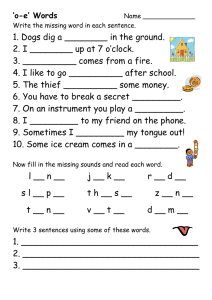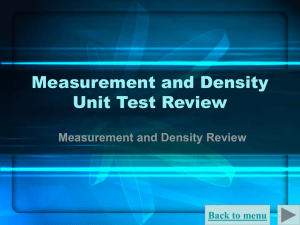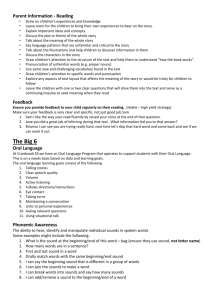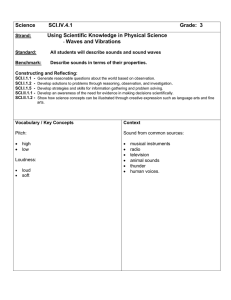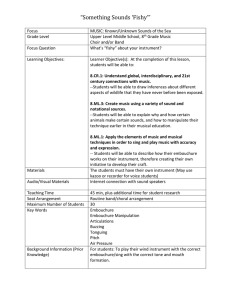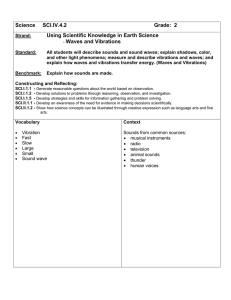Attachment 1 - Response Form in MS Word format
advertisement
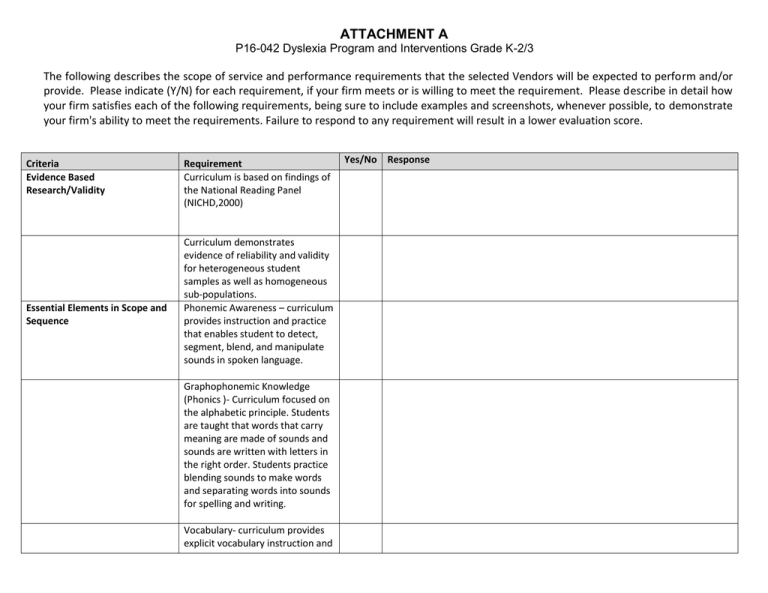
ATTACHMENT A P16-042 Dyslexia Program and Interventions Grade K-2/3 The following describes the scope of service and performance requirements that the selected Vendors will be expected to perform and/or provide. Please indicate (Y/N) for each requirement, if your firm meets or is willing to meet the requirement. Please describe in detail how your firm satisfies each of the following requirements, being sure to include examples and screenshots, whenever possible, to demonstrate your firm's ability to meet the requirements. Failure to respond to any requirement will result in a lower evaluation score. Criteria Evidence Based Research/Validity Essential Elements in Scope and Sequence Requirement Curriculum is based on findings of the National Reading Panel (NICHD,2000) Curriculum demonstrates evidence of reliability and validity for heterogeneous student samples as well as homogeneous sub-populations. Phonemic Awareness – curriculum provides instruction and practice that enables student to detect, segment, blend, and manipulate sounds in spoken language. Graphophonemic Knowledge (Phonics )- Curriculum focused on the alphabetic principle. Students are taught that words that carry meaning are made of sounds and sounds are written with letters in the right order. Students practice blending sounds to make words and separating words into sounds for spelling and writing. Vocabulary- curriculum provides explicit vocabulary instruction and Yes/No Response morphology instruction. Fluency- curriculum provides fluency practice at the letter name, sound, word, phrase, sentence and discourse level Comprehension – curriculum provides opportunities for language and background knowledge development and the use of appropriate comprehension strategies Explicit/Systematic/Multisensory Explicit-instruction is direct and demonstrated by the teacher one language and print concept at a time Error Correction and Feedback Consumables for student practice(Guided and Independent Practice) Systematic- the organization of the material follows the order of the language. The sequence begins with the easiest concepts and progress methodically to more difficult concepts. Multisensory- Students are actively engaged in learning language concepts using their hands, arms, mouths, eyes, and whole bodies Specific error correction procedures are provided. Student materials include a variety of texts including decodable readers, challenge readers, and workbooks for practice. Training Materials and /or PD resources Diagnostics ( placement, assessments, and progress monitoring) The curriculum provides quick start guides. The system provides videos for support of implementation and scoring The system provides capacity to build trainer of trainer opportunities The curriculum provides suggestions for flexible homogeneous grouping based on the results of the assessment. The progress monitoring instrument is aligned to intervention in support of RtI The progress monitoring instrument is a tool that is reliable and valid The progress monitoring instrument identifies students not demonstrating progress or making adequate progress The progress monitoring instrument administration is brief. Technology The progress monitoring instrument supports repeated measures but different forms (one per week) The progress monitoring instrument addresses the components of reading including early reading fluency The system is fully functional on both Macintosh and PC operating systems The system is web-based. The system is accessible via industry standard browsers including the current versions of Internet Explorer, Safari, and Firefox The system meets all FERPA and HIPAA security requirements
